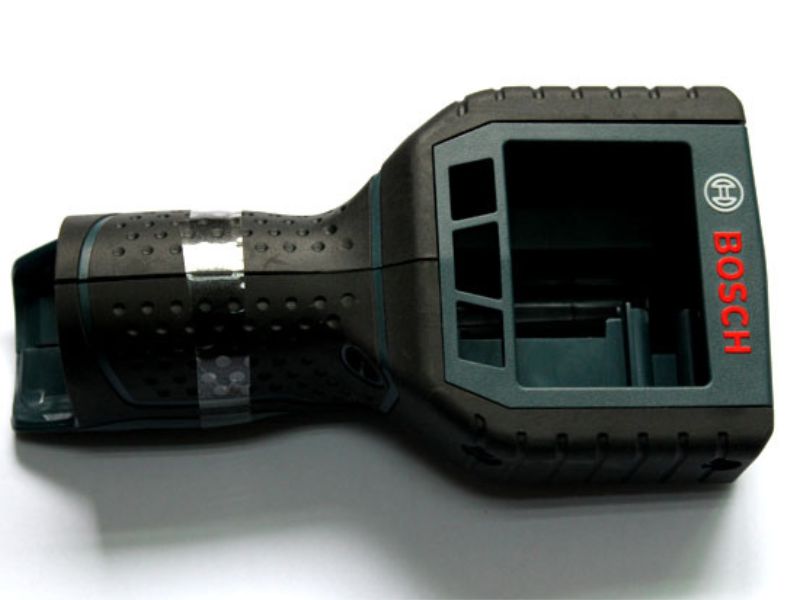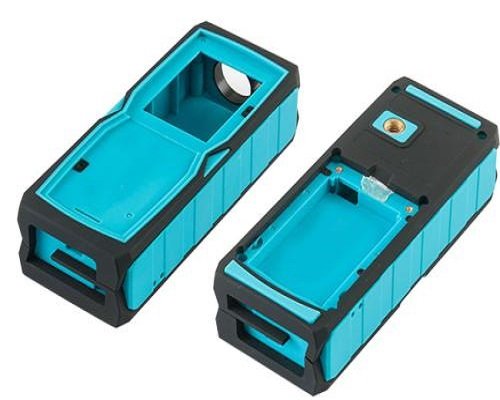Understanding Two-Shot Mold
If you’re looking for a cost-effective and efficient way to produce complex plastic parts, you might want to consider the two-shot molding process. We’ll dive deep into the concept of two-shot molding, how it works, and its advantages and disadvantages.
What is Two-Shot Mold?
Two-shot mold, also known as two-component mold, is a manufacturing process that allows for the creation of complex plastic parts in a single operation. In this process, two different materials are injected into a mold cavity to create a finished part with two different colors or materials.

How Does Two-Shot Mold Work?
The two-shot molding process involves two distinct steps:
Step 1: First Shot
The first shot involves injecting the first material into a mold cavity. The part is then extracted from the mold after its opening.
Step 2: Second Shot
In the second shot, the mold is closed again, and the second material is injected into the previously formed part.
Advantages of Two-Shot Mold
Two-shot molding has several advantages, including:
Cost Savings
Using two-shot molding can reduce the cost of manufacturing parts. Instead of creating separate parts and assembling them, the two materials are molded together in a single process.
Improved Product Quality
Two-shot molding can create parts with a higher level of precision and accuracy. The process ensures that the two materials are bonded together securely, which results in a more robust and durable part.
Design Flexibility
Two-shot molding allows for greater design flexibility and creativity. It’s possible to create parts with unique color combinations, texture, and patterns.
Disadvantages of Two-Shot Mold
While two-shot molding has several advantages, it also has some disadvantages, including:
Higher Initial Investment
Two-shot molding requires specialized equipment and tooling, which can be costly.
Longer Production Time
Two-shot molding takes longer than traditional molding processes, which can slow down production.
Limited Material Compatibility
Not all materials are suitable for two-shot molding. Some materials may not bond well together, resulting in a weak or defective part.
Applications of Two-Shot Mold
Two-shot molding is commonly used in the following industries:
Automotive
The automotive industry uses two-shot molding to create parts such as gear shift knobs, door handles, and interior trim pieces.
Electronics
Two-shot molding is used in the electronics industry to create parts such as keypads, housings, and connectors.
Medical
The medical industry uses two-shot molding to create parts such as syringe plungers, IV connectors, and inhalers.
Conclusion
Two-shot molding is an innovative and cost-effective manufacturing process that can create complex plastic parts with unique colors, textures, and patterns. While it has some disadvantages, the advantages of two-shot molding make it an excellent choice for many industries. If you’re looking for a way to create high-quality parts efficiently, two-shot molding may be the answer.
FAQs
- What is the difference between two-shot molding and overmolding? Two-shot molding involves two different materials injected into a mold cavity to create a finished part with two different colors or materials. Overmolding, on the other hand, involves molding a single material around a pre-existing part.
- Can two-shot molding be used with any materials? Not all materials are suitable for two-shot molding. Some materials may not bond well together, resulting in a weak or defective part.
- How does two-shot molding improve product quality? Two-shot molding can create parts with a higher level of precision and accuracy. The process ensures that the two materials are bonded together securely, which results in a more robust and durable part.
- What industries commonly use two-shot molding? Two-shot molding is commonly used in the automotive, electronics, and medical industries, among others.
- How does two-shot molding save costs? Using two-shot molding can reduce the cost of manufacturing parts. Instead of creating separate parts and assembling them, the two materials are molded together in a single process.

